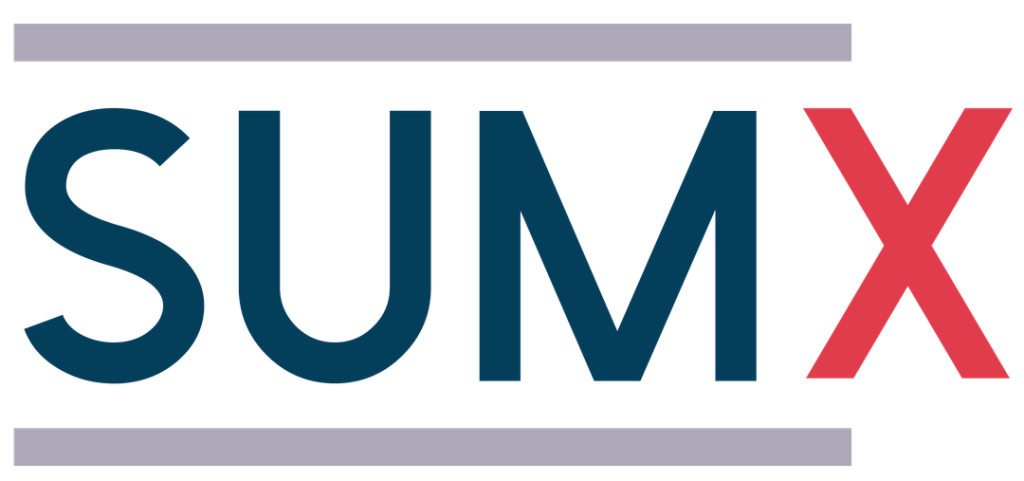Making Tax Digital (MTD) has been talked about for years—but for many sole traders, it’s still confusing.
What do you need to do? When does it actually apply to you? And what happens if you don’t get it sorted?
We get these questions all the time, so here’s a breakdown in plain English—no tax-speak, just what you need to know and how to stay on top of it.
What is MTD?
Making Tax Digital is HMRC’s plan to move the UK tax system fully online.
Instead of sending one self-assessment tax return each year, you’ll eventually be sending quarterly updates using HMRC-approved software.
The goal? To make tax more accurate, reduce errors, and bring everything into the digital world.
But in reality, it means you’ll need to use bookkeeping software—and you’ll need to stay on top of your records more often.
When Does It Apply to You?
As of now, MTD for Income Tax Self Assessment (known as MTD for ITSA) applies to sole traders and landlords with income over £50,000 from April 2026.
If you earn between £30,000 and £50,000, you’ll be brought in from April 2027.
If you’re below that threshold, HMRC says you won’t be required to follow MTD yet—but they’re expected to widen the net over time.
So even if it’s not compulsory for you yet, it’s worth getting ahead of it now.
What Will You Need to Do?
If you fall under MTD, here’s what’s changing:
- Quarterly submissions
You’ll need to submit your income and expenses every three months using software that links with HMRC. - Use of digital software
No more handwritten books or Excel spreadsheets (unless they link directly to HMRC). You’ll need to keep your records on approved software like Xero, QuickBooks, FreeAgent or similar. - End-of-year finalisation
At the end of the year, you’ll still confirm your final figures—but the bulk of the work will be done through your quarterly updates.
What If You’re Not Ready?
If you’re still doing everything in notebooks or spreadsheets, or if you hand it all to your accountant once a year and forget about it the rest of the time—MTD will feel like a big change.
We’ve seen this already with clients who got caught out when MTD for VAT came in. The scramble to get set up, learn new software, and change habits overnight was stressful and time-consuming.
That’s why we’re encouraging sole traders to start using digital bookkeeping now—even if you’re not legally required to yet. It’s easier to build the habit slowly than panic when the deadline hits.
How We Help Clients Prepare
For most sole traders, the best thing to do is get on simple bookkeeping software now—while there’s no pressure.
We help clients with:
- Choosing and setting up the right system (no upsells, just what works)
- Training on how to use it properly (just what you need to know)
- Ongoing support to keep things accurate and up to date
We also check in quarterly, so when MTD rolls around officially, there’s no major shift. You’re already there.
Final Thoughts
This isn’t about making things harder.
It’s about staying ahead of what’s coming and running your business with more clarity.
If you’re a sole trader and unsure what MTD means for you—or you’ve heard the term but haven’t got round to it yet—now’s the time to sort it. You don’t have to do it all at once. But you do need to start.

